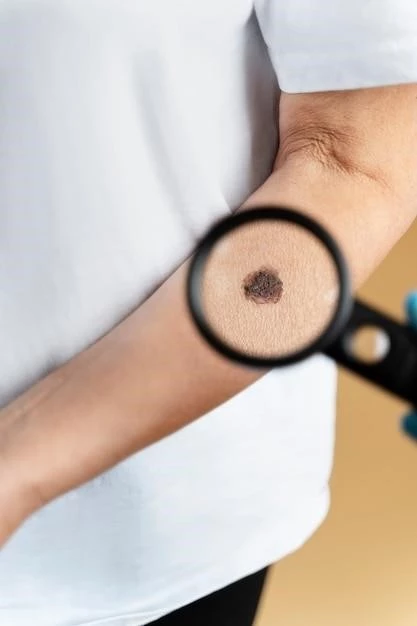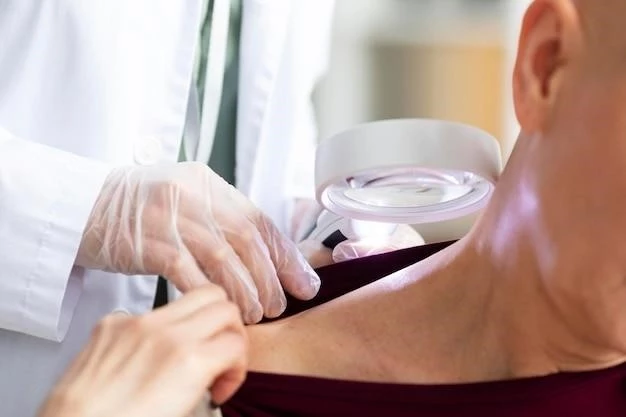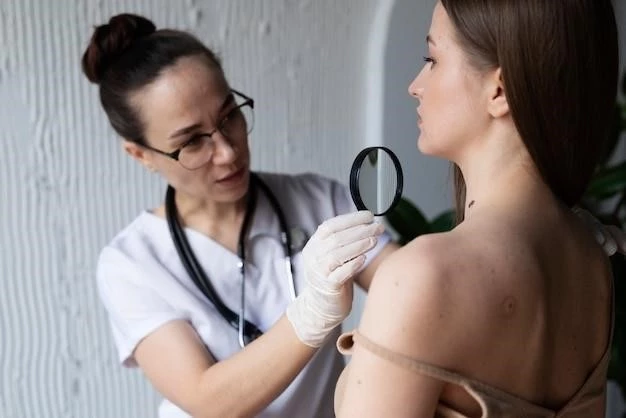Overview of Porphyria Cutanea Tarda
Porphyria Cutanea Tarda (PCT) is the most common type of porphyria, including both sporadic Type 1 and familial Type 2. PCT is characterized by light-sensitive dermatitis and excessive uroporphyrin excretion.
Definition and Classification
Porphyria Cutanea Tarda (PCT) is classified into two major types⁚ Type 1, known as the sporadic type, and Type 2, which is the familial type. The sporadic form of PCT is more common and usually does not have an evident genetic basis but may be triggered by environmental factors;

Types and Causes of Porphyria Cutanea Tarda
Porphyria Cutanea Tarda (PCT) has two main types⁚ Type 1, known as the acquired or sporadic type, and Type 2, which is hereditary or familial. The sporadic form accounts for about 75-80% of cases and is not known to have a genetic basis.
Sporadic Type (Type 1)
The sporadic type of Porphyria Cutanea Tarda (PCT), known as Type 1, is the most common form, accounting for about 75-80% of cases. It is acquired and typically lacks an evident genetic basis. This subtype usually presents with deficient hepatic UROD activity, which can be triggered by environmental factors rather than genetic predisposition.
Diagnosing Porphyria Cutanea Tarda (PCT) involves clinical suspicion followed by confirmatory laboratory tests. A Woods lamp examination to detect fluorescent urine and a skin biopsy can help differentiate PCT from other skin conditions.
Diagnostic Procedures
Diagnosing Porphyria Cutanea Tarda (PCT) typically involves clinical suspicion followed by confirmatory laboratory tests. These may encompass a Woods lamp examination to detect fluorescent urine and a skin biopsy to distinguish PCT from other skin conditions. Additional investigations can be crucial for a definitive diagnosis and appropriate management.
Treatment and Management of Porphyria Cutanea Tarda
Porphyria Cutanea Tarda (PCT) can be managed by avoiding triggers like alcohol and certain medications, protecting the skin from sunlight, phlebotomies to reduce iron overload, and using hydroxychloroquine or low-dose chloroquine for symptomatic relief;
Therapeutic Approaches
Managing Porphyria Cutanea Tarda (PCT) typically involves avoiding triggers like alcohol and certain medications, protecting the skin from sunlight, undergoing phlebotomies to reduce iron overload, and utilizing medications like hydroxychloroquine or low-dose chloroquine for symptom relief. Therapeutic approaches aim to alleviate symptoms and improve the patient’s quality of life.

Prognosis and Complications of Porphyria Cutanea Tarda
Porphyria Cutanea Tarda (PCT), the most common type of porphyria, can be either sporadic (Type 1) or familial (Type 2). The sporadic form accounts for about 75-80% of cases.
Impact on Patients’ Quality of Life
Patients with Porphyria Cutanea Tarda (PCT), especially those with the sporadic type, may experience significant impacts on their quality of life due to skin fragility, sun sensitivity, and the need for lifestyle adjustments to manage their condition. The visible symptoms and necessary precautions can affect daily activities and self-image, leading to emotional and psychological challenges.
Research and Future Directions for Porphyria Cutanea Tarda
Research on Porphyria Cutanea Tarda (PCT) focuses on understanding the genetic factors influencing its sporadic form (Type 1) and developing more targeted treatments. Further advancements aim to enhance diagnostic accuracy and explore potential gene therapies for managing this common porphyria type.
Advancements in Understanding the Disease
Recent advances in the understanding of Porphyria Cutanea Tarda (PCT) have shed light on the genetic influences behind the sporadic form (Type 1) of the disease. Researchers are focusing on identifying specific genes and factors that may contribute to the development of PCT, paving the way for more targeted therapies and personalized treatment approaches.
